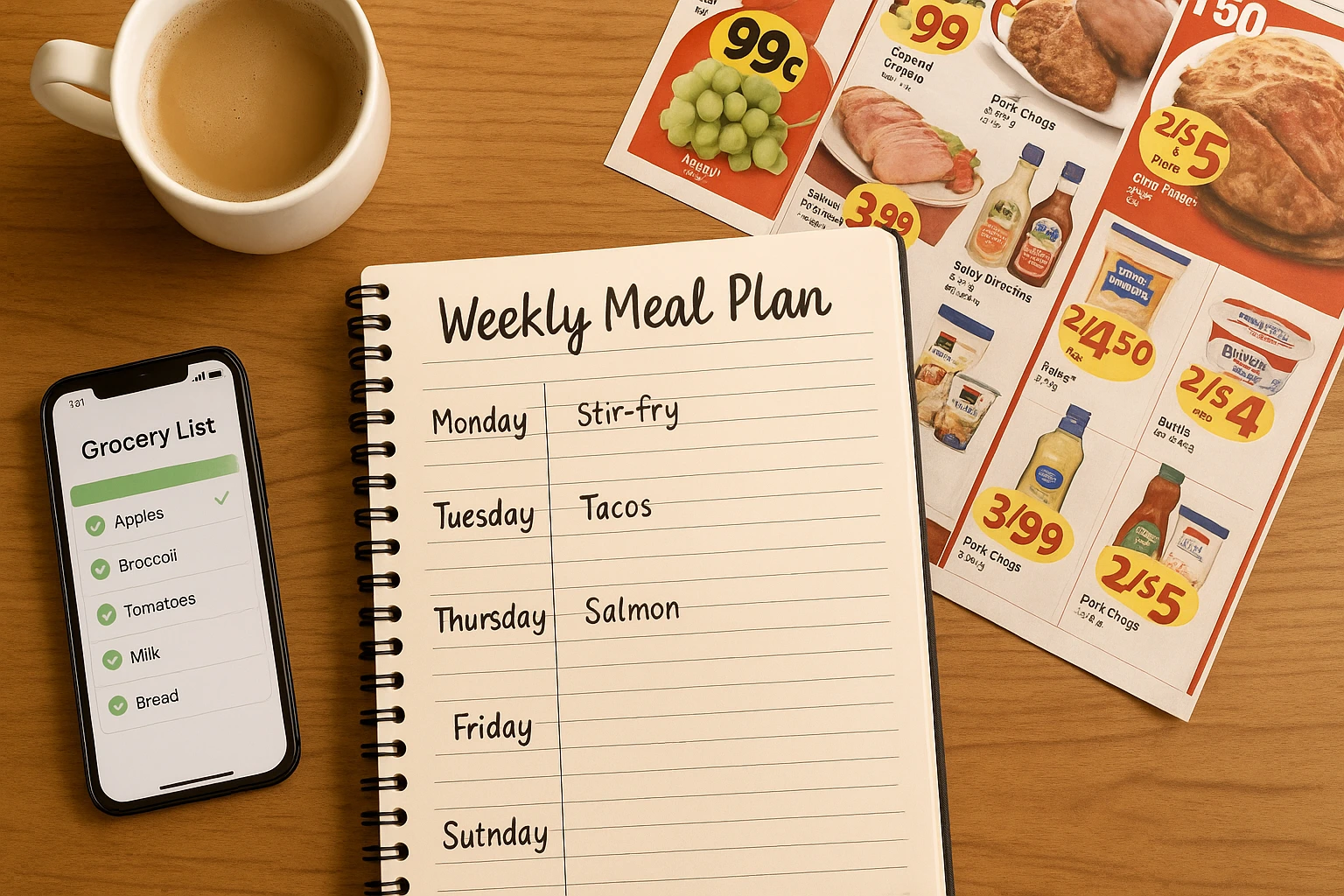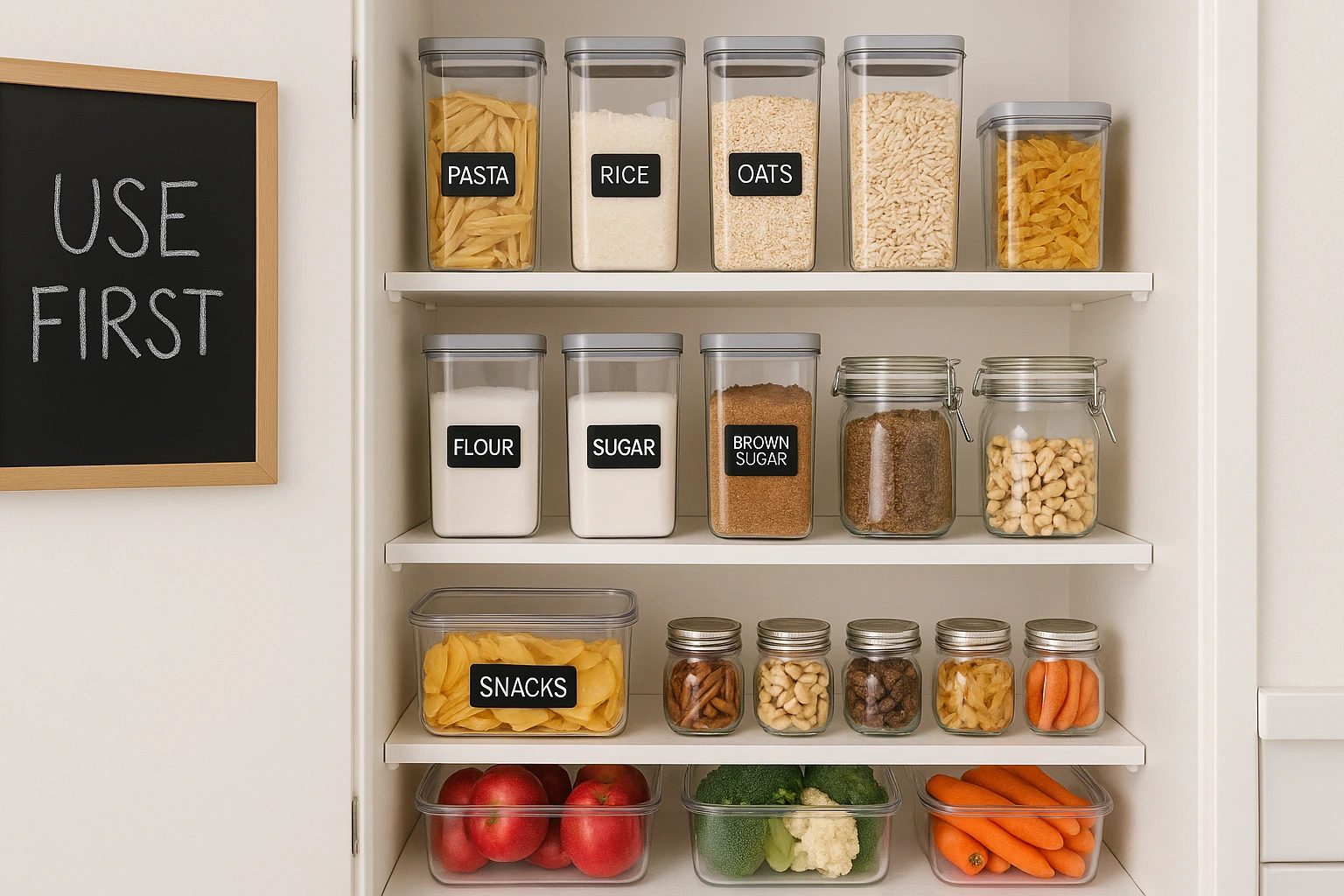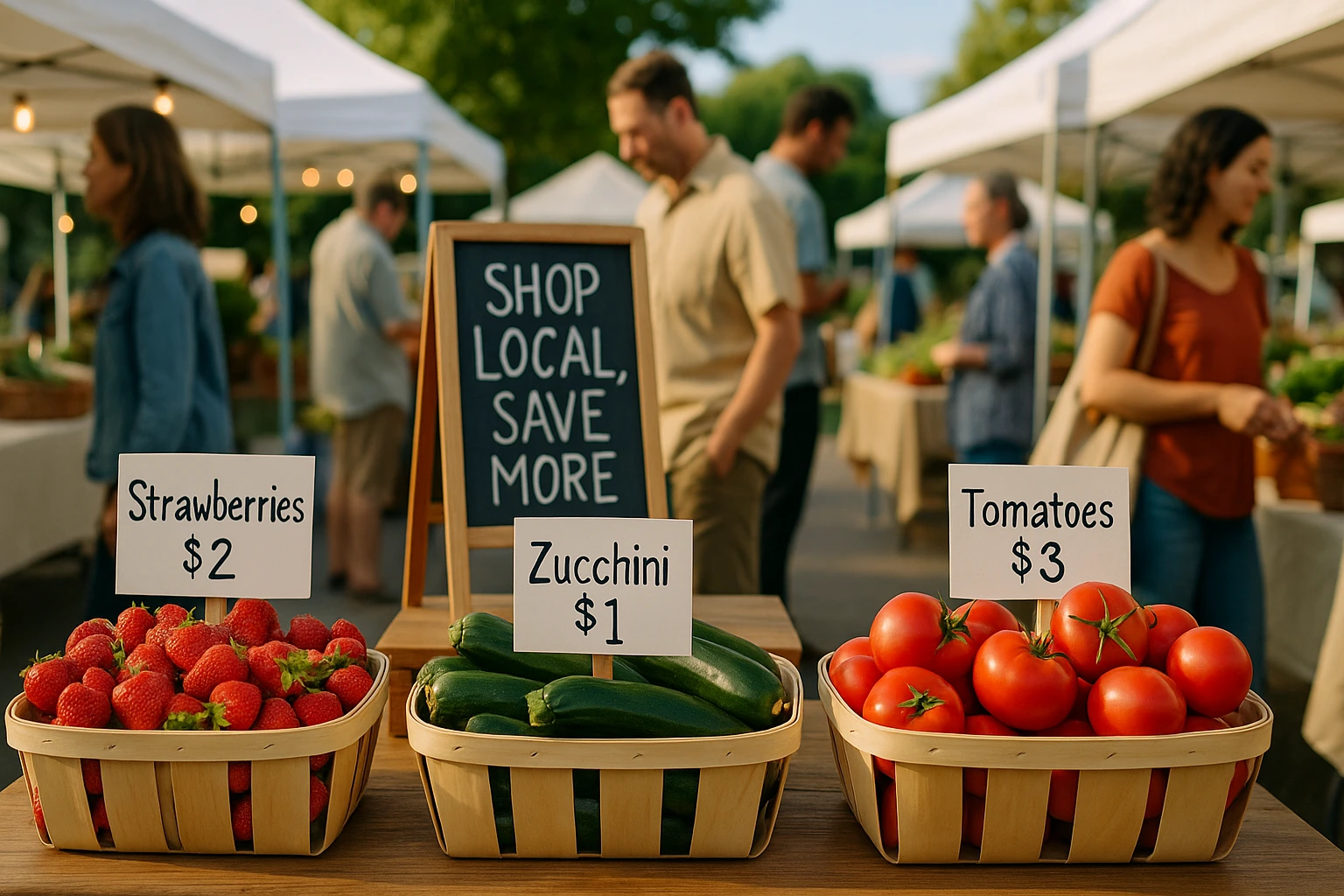
Picture this: you’re standing at the grocery store checkout, watching the total climb higher than your weekly budget allows, feeling that sinking stress of overspending. Sound familiar? Last year, I slashed my grocery bill by $150 a month using simple strategies that anyone can follow. Grocery shopping doesn’t have to drain your wallet. In fact, with smart planning and savvy choices, you can grocery shop save money while enjoying nutritious, delicious meals. According to the USDA, the average American family spends $1,200 monthly on groceries, but strategic shoppers can cut that by 20% or more. Consequently, this comprehensive guide shares actionable tips to take control of your grocery budget, reduce food waste, and shop smarter. Let’s dive in and keep more cash in your pocket!
Discover Your Grocery Savings Potential Now!Grocery Budget Analyzer Tool
Analyze Your Grocery Budget
Table of Contents
Key Takeaways for Saving Money on Groceries
- Plan Ahead: Meal planning and a detailed shopping list are key to avoiding impulse buys and sticking to your budget.
- Shop Smart: Use store brands, compare unit prices, and leverage sales to save money on groceries.
- Reduce Waste: Store food properly, understand expiration dates, and repurpose leftovers to save more.
- Buy in Bulk Wisely: Purchase non-perishables in bulk when it makes sense to cut costs long-term.
Grocery Shop Save Money with Planning
Before you step into the grocery store, planning is your secret weapon to grocery shop save money. For example, a quick 15-minute plan can prevent costly impulse buys. Moreover, planning aligns your purchases with your budget and dietary needs, ensuring you only buy what you’ll use. Here’s how to set yourself up for success.
Meal Planning That Saves
Meal planning isn’t just for organized chefs; it’s a game-changer for saving at the store. By mapping out your meals, you avoid last-minute takeout and unnecessary purchases. According to the USDA, households that plan meals spend up to 15% less on groceries. Additionally, meal planning can accommodate dietary restrictions, such as gluten-free or vegetarian diets, by focusing on affordable staples like rice or legumes.
- Start Small: Plan 3–4 meals per week and scale up as you get comfortable.
- Check Your Pantry: Take stock of what you have to avoid buying duplicates.
- Use Theme Nights: Simplify with Taco Tuesday or Pasta Night to reduce decision fatigue.
- Plan Around Sales: Check weekly flyers to build meals around discounted items.
- Budget Recipes: Try dishes like lentil soup ($2/serving) or veggie stir-fry ($3/serving).
Sample Meal Plan (Family of 4, Urban Area):
- Monday: Spaghetti with store-brand sauce ($2.50) and salad ($1.50).
- Wednesday: Chicken stir-fry with frozen veggies ($4.00).
- Friday: Bean chili with canned tomatoes ($3.00).
- Sunday: Rice and black bean bowls with salsa ($2.80).
“Failing to plan is planning to fail. A little prep helps you grocery shop save money with ease.”
Create a Shopping List That Saves
A shopping list keeps you focused and helps you stick to your budget by avoiding tempting extras. For instance, I once bought $20 worth of snacks I didn’t need—never again! Consequently, a well-crafted list ensures you stick to your meal plan and budget, especially in busy stores where distractions abound.
- Base It on Your Meal Plan: List only what your meals require.
- Organize by Store Layout: Group items to streamline your trip and avoid impulse buys.
- Stick to It: Resist shiny distractions in the snack aisle.
- Add Quantities: Note specific amounts (e.g., 2 lbs chicken) to avoid overbuying.

Pantry Organization Tools
Organizing your pantry with tools can streamline your shopping and help you spend less on groceries. Apps like AnyList or spreadsheets let you track inventory, preventing duplicate purchases. Meanwhile, labeling shelves or using clear containers makes it easier to see what you have, reducing waste.
- Use Apps: Try AnyList or Pantry Check to track stock digitally.
- Create a Spreadsheet: List items, quantities, and expiration dates.
- Label Shelves: Group items (e.g., grains, cans) for quick checks.
- Clear Containers: Store dry goods in see-through jars to monitor levels.
Smart Strategies to Grocery Shop Save Money
With a plan in place, it’s time to hit the store with tactics to cut your bill. These strategies can significantly cut your costs, especially when combined with consistent planning.
Choose Store Brands for Savings
Store brands are often 20–30% cheaper than name brands, helping you save at the store without losing quality. For example, I switched to store-brand cereal and saved $10 a month. Additionally, many stores guarantee satisfaction, so you can try them risk-free.
- Compare Ingredients: Store and name brands often have identical ingredients.
- Start with Staples: Try store-brand milk, eggs, or flour first.
- Experiment Gradually: Test other products to find favorites.
Master Unit Pricing
Unit pricing helps you compare product sizes and pay the lowest price. Most stores display it on shelf tags, but you can calculate it if needed. For instance, a larger package isn’t always cheaper, so checking unit prices ensures you get the best deal.
| Product | Size | Price | Unit Price (per oz) | Best Value? |
|---|---|---|---|---|
| Name-Brand Cereal | 12 oz | $4.50 | $0.38 | |
| Store-Brand Cereal | 18 oz | $5.00 | $0.28 | Yes |

Use Sales and Coupons
Leveraging sales and coupons can trim your grocery bill. For instance, stacking coupons saved me $15 on one trip last month. Moreover, apps like Ibotta, Fetch Rewards, and Rakuten offer cashback, while store apps like Kroger or Safeway provide digital coupons tailored to your shopping habits.
- Weekly Flyers: Check for sales and promotions.
- Digital Coupons: Load them onto your store loyalty card.
- Stack Coupons: Combine manufacturer and store coupons where allowed.
- Coupon Apps: Use Ibotta, Fetch Rewards, or Rakuten for cashback.
- Timing Matters: Shop during double-coupon days if available.
Leverage Loyalty Programs
Store loyalty programs offer exclusive discounts that lower your grocery costs. Many chains, like Target or Walmart, have apps that track purchases and offer personalized deals. Consequently, signing up for these programs can yield significant savings over time.
- Join Store Programs: Sign up for free loyalty cards or apps.
- Track Rewards: Monitor points for discounts or free items.
- Use Personalized Offers: Redeem tailored coupons from store apps.
Minimize Food Waste to Save More
Reducing food waste is both eco-friendly and a reliable way to cut costs. After all, every item tossed is money lost. The USDA reports that Americans waste 30–40% of their food annually, costing families $1,500 yearly on average.
Understand Expiration Dates
Knowing expiration dates helps you avoid waste and overspending. For example, many products are safe beyond their “best by” date, so understanding labels saves both food and money.
- Sell By: The store’s deadline to sell; safe to use after.
- Use By: Best quality date; may still be safe after.
- Best By: Peak flavor date; still safe to consume.
Store Food Properly
Proper storage extends food life and reduces grocery costs. For example, airtight containers keep produce fresh longer, while a well-organized freezer prevents forgotten items from spoiling.
- Refrigerate Promptly: Store perishables right after shopping.
- Airtight Containers: Use them to prevent spoilage.
- Freeze for Long-Term: Freeze food to preserve it longer.
- Organize Fridge and Freezer: Label freezer bags and keep frequently used items accessible.

Creative Leftover Recipes
Repurposing leftovers is a creative way to cut grocery costs. For instance, leftover roasted vegetables can become a hearty soup, saving both time and ingredients. Try these ideas to transform scraps into meals.
- Stir-Fry: Combine leftover veggies and protein with rice ($2/serving).
- Soup: Simmer scraps with broth for a budget-friendly meal ($1.50/serving).
- Salad Toppers: Use leftover grains or meat to enhance salads.
- Freezer-Friendly: Freeze leftover portions for quick meals later.
Advanced Techniques to Grocery Shop Save Money
Once you’ve mastered the basics, these advanced tips can further reduce your grocery spending, especially in urban or rural settings. Additionally, these strategies build on your planning and shopping skills for long-term savings.
Batch Cooking for Efficiency
Batch cooking saves time and money by preparing meals in bulk. For instance, a big pot of chili can feed a family for days, reducing the need for frequent shopping trips.
- Freezable Recipes: Choose soups, stews, or casseroles.
- Dedicate Time: Set aside a few hours weekly for cooking.
- Portion Storage: Store in single servings for easy meals.
Eat Seasonally
Eating seasonal produce helps you save on groceries, especially at farmers’ markets. Rural shoppers can find deals at local stands, while urban dwellers benefit from market competition. Additionally, preserving seasonal produce (e.g., canning tomatoes, freezing berries) extends savings year-round.

Frequently Asked Questions
Master Your Grocery Shopping
Ultimately, saving on groceries is a skill that grows with practice. By consistently applying these strategies, you can cut your grocery bill, reduce waste, and reach your financial goals. Moreover, small changes—like planning one meal, skipping an impulse buy, or joining a food swap—add up over time. Happy shopping!
This content is for informational purposes only and not financial advice. Consult a professional before making financial decisions.

